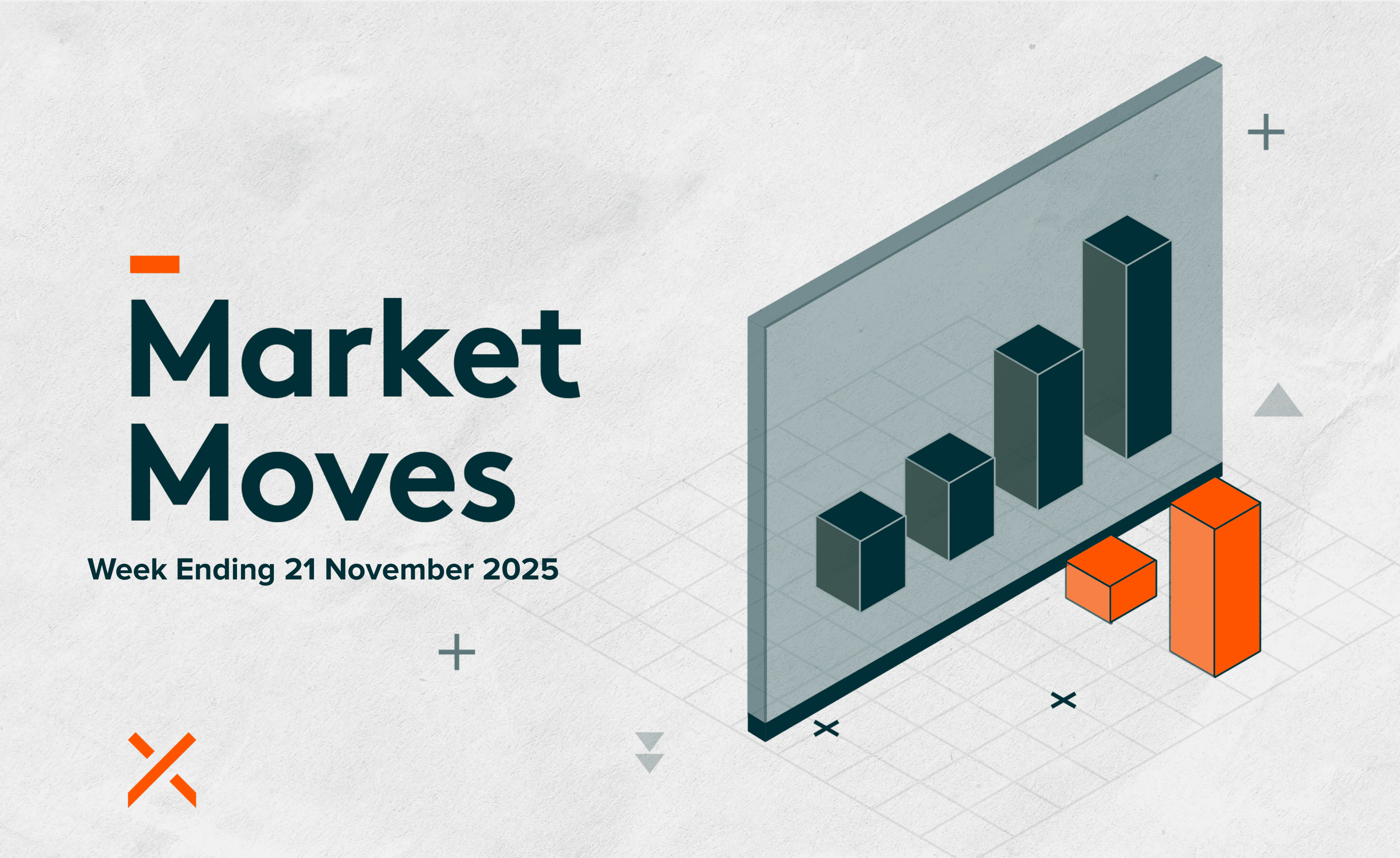US equities extended their downtrend, posting one of their worst weeks of the year as investors rotated out of expensive growth names and into defensive, lower-valued sectors. Nvidia’s results - framed as a key referendum on AI momentum - delivered a clean beat across all segments with a robust outlook yet failed to fully settle investor nerves.1 While the strong print eased concerns around near-term demand for AI hardware, questions around the ultimate profitability of AI applications persisted. Meanwhile, the first US labour-market release since the government funding shutdown showed an unexpected rise in the unemployment rate, helping to lift market expectations for a December rate cut.2
Australian markets, with no major economic data or earnings catalysts, tracked the US lower as risk-off sentiment spread across the board. There was effectively nowhere to hide: every sector in the ASX 200 declined over the week, with consumer staples the sole exception, finishing roughly flat as modest defensive rotation helped offset broader outflows.3 The only notable data release was wage growth, which printed at 0.8% q/q in line with expectations, offering little new insight on inflation dynamics and leaving RBA rate-cut odds unchanged.4
Cryptocurrencies (BTXX, CRYP, EBTC, EETH, IBTC, QBTC, QETH, VBTC) were the worst performing asset class yet again as investors ditched risk-on exposures and pivoted to defensive assets. Short equity funds (BBOZ, BBUS, BEAR, SNAS), which benefit when the stock market falls, were naturally the top performers of the week.
In the world of commodities:
- Gold (GOLD) climbed back to around US$4,100 as FOMC commentary signalled a slight bias toward a December rate cut.5 As a non-yielding asset, gold typically benefits from expectations of lower interest rates.
- Lithium names (ACDC) may see pressure after CATL announced it had formed preliminary plans to resume production at its key Jianxiawo lithium mine in early December.
- With platinum (ETPMPT) suffering its biggest physical squeeze in years, the metal could see further heights based on sustained Chinese demand. Newly released Chinese customs data reveals that China has continued to import platinum at a rate of more than 10 metric tonnes in October.6
Download the Weekly Market Monitor here.







